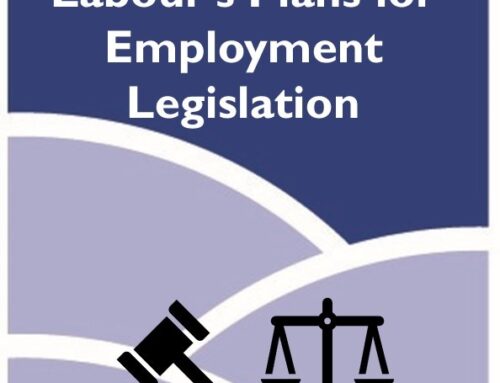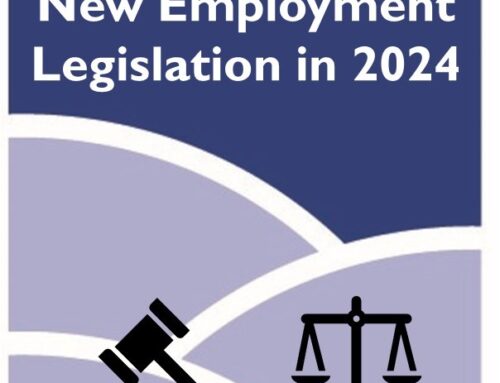5 common mistakes employers make when checking the right to work in the UK
….and how to avoid them
The changes following Brexit mean that EU citizens now have to be treated the same as employees from elsewhere in the world. We highlight below some of the key traps employers fall into regarding right to work checks.
- Not checking the right to work in the UK at all
Many employers are not aware of the requirement to check that their employees have the right to work in the UK. However, if you are found to be employing someone illegally and have not carried out the checks, you could face a £20,000 fine per illegal worker, closure of your business or even a jail sentence.
- Accepting a UK driving licence as proof of the right to work in the UK
While a driving licence is used for identification in many situations, it does not prove that the holder has the right to work in the UK. A British passport, or a birth or adoption certificate plus a document showing the National Insurance number will be required in most cases where the employee is a British citizen and a combination of documents for employees from overseas. The Home Office has published an extensive guide to right to work checks and also a checklist of documents that should be checked, depending on whether the person has a continuous right to work in the UK or if this is time-limited.
- Checking the right to work after the person has started employment
By allowing someone to start work, you could already be employing someone illegally. Documents should be checked before they start.
- Accepting photocopies or scans of the documents – except in COVID times!
The general rule is that the person checking the documents must see the original document (unless an on-line check is carried out with the Home Office). They must check the documents carefully in the presence of the person whose documents they are and make sure the picture is of the person you are employing.
However, these rules we updated in response to the pandemic and the following temporary changes were made on 30 March 2020 and remain in place until 5 April 2022 (inclusive):
- Checks can be carried out over video calls
- Job applicants and existing workers can send scanned documents or a photo of documents for checks using email or a mobile app, rather than sending originals
- Failing to record the date when documents were checked
Some employers diligently check documents but do not realise that they have to clearly record the date when they were checked. The recommendation is to write on the copy: This right to work check was made on [DATE] and to sign it.
For further guidance on right to work checks and people management in general, contact us on 01484 841776 or [email protected]




